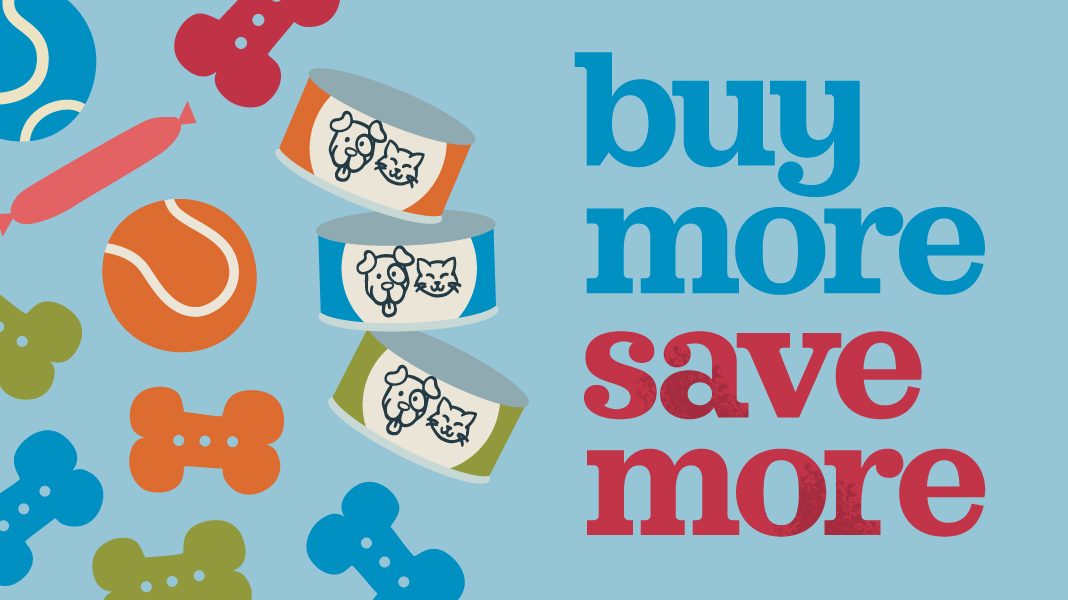Recognizing Anxiety in Dogs: Symptoms and Solutions
Posted by Feeders Pet Supply on Oct 2nd 2024
Just like people, dogs can experience anxiety, and it can manifest in a variety of ways. Understanding the symptoms of anxiety in dogs is crucial for providing them with the care and support they need. Here's a comprehensive guide to recognizing anxiety in your canine companion and what you can do to help them.
Common Symptoms of Anxiety in Dogs
- Excessive Barking or Howling: An anxious dog may bark or howl more than usual. This vocalization is often a way for them to express their distress or seek attention.
- Destructive Behavior: Chewing on furniture, digging, or tearing up household items can be signs of anxiety. Dogs may engage in destructive behavior as a way to cope with their stress.
- Pacing or Restlessness: An anxious dog might pace back and forth or appear restless. This constant movement is often a sign that they are unable to settle down and relax.
- Hiding or Seeking Isolation: Dogs experiencing anxiety may seek out secluded spots or hide in corners. This behavior often indicates that they are trying to escape from what they perceive as a threatening situation.
- Excessive Licking or Grooming: Over-grooming or excessive licking can be a coping mechanism for anxious dogs. This behavior can sometimes lead to skin issues if not addressed.
- Loss of Appetite: Anxiety can cause a decrease in appetite. If your dog suddenly loses interest in food or treats, it could be a sign that they are feeling stressed.
- Aggression or Growling: Some dogs may display aggressive behavior or growl when they are anxious. This can be a defensive reaction to perceived threats.
- Trembling or Shaking: Physical signs of anxiety can include trembling or shaking. This is often a result of a heightened stress response.
- Increased Panting or Drooling: Anxious dogs may pant excessively or drool more than usual. These symptoms can indicate that they are feeling nervous or frightened.
- Frequent Urination or Defecation: Anxiety can sometimes lead to increased urination or defecation, especially if the dog feels nervous or scared.
Understanding the Causes of Anxiety
Recognizing the symptoms of anxiety is the first step in addressing the issue. However, it's also important to understand the potential causes of your dog’s anxiety. Common triggers include:
- Separation Anxiety: Dogs that become overly stressed when left alone.
- Noise Phobia: Fear of loud noises like thunderstorms, fireworks, or vacuum cleaners.
- Social Anxiety: Discomfort around unfamiliar people or other animals.
- Change in Routine: Disruptions in their daily schedule or environment.
- Lack of Socialization: Insufficient exposure to different people, animals, and environments.
Solutions and Treatment Options
- Create a Safe Space: Provide a quiet, comfortable area where your dog can retreat to when they feel anxious. This space should be a safe haven where they can feel secure.
- Implement a Consistent Routine: Keeping a regular schedule for feeding, walks, and playtime can help reduce anxiety by providing a sense of predictability.
- Use Calming Aids: Products like anxiety wraps, pheromone diffusers, and calming supplements can help soothe an anxious dog. Consult your veterinarian for recommendations.
- Provide Mental and Physical Stimulation: Regular exercise and interactive toys can help keep your dog’s mind and body engaged, reducing stress and anxiety.
- Positive Reinforcement Training: Training techniques that use positive reinforcement can help your dog build confidence and reduce anxiety. Working with a professional trainer can be beneficial.
- Desensitization and Counter-Conditioning: Gradually exposing your dog to the triggers of their anxiety in a controlled manner, while rewarding calm behavior, can help them become less sensitive over time.
- Consult a Veterinarian: If your dog’s anxiety is severe or persistent, it's important to seek professional advice. Your vet can rule out medical issues and may recommend behavioral therapy or medication.
Conclusion
Understanding and addressing anxiety in dogs is essential for their well-being. By recognizing the symptoms and exploring various treatment options, you can help your furry friend navigate their stress and lead a happier, healthier life. Remember, patience and consistency are key. With the right support, your dog can overcome their anxiety and enjoy a more relaxed and fulfilling life.






